Category: Best Practices
-
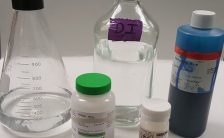
The Blue Bottle Demonstration
Most biology teachers must eventually accept the awful truth that they will need to include chemistry in their biology classes. For years, the only chemistry I had to worry about was the very simple photosynthesis equation which was fairly easy to explain and also presented in an “unbalanced” form. When I started teaching AP…
-
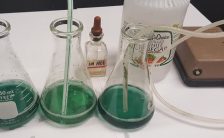
A Simple Demonstration for the Scientific Method
A simple demonstration using bromothymol blue to show students how the scientific method can be incorporated to determine why the chemical changed color after you blow into it with a straw.
-
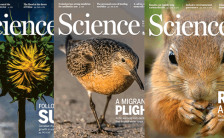
Summarizing Articles with a Framing Guide
Students read scientific articles or journals and write a summary using this framing guide. Essays ensure students have read and understood the content.
-

How to Put Together Your Classroom Rules
My very first day of school over twenty years ago, I received some very bad advice about classroom rules. For some reason, my education instructors at the time were very into student centered rule making. The first day, they said, should be spent by creating rules with the class so that the students are…
-
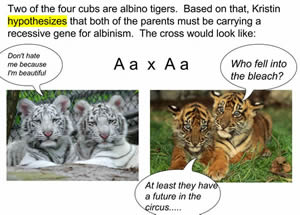
Chi Square Analysis
The new Advanced Placement Biology curriculum includes a few topics on statistical analysis under the section on Science Practices: “Students can use mathematics appropriately.” Most introductory level biology classes (freshman) do not include these lessons because it can be difficult with students who haven’t advanced very far in algebra. Seniors in AP Biology should…
-
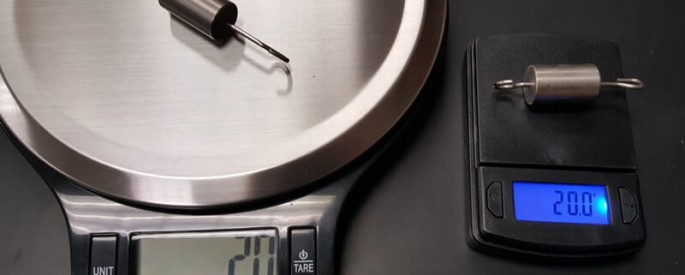
Precision Versus Accuracy
I was in the market for a new digital scale, mainly for the osmosis experiment where students must weigh dialysis tubes. I found that my one digital scale just wasn’t enough for 20 students to gather data. Unfortunately, digital scales you buy from scientific suppliers are often very expensive and I really don’t need the…
-
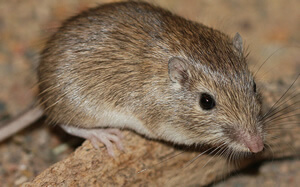
Teaching Evolution Using Animal Models
Most evolution units start with a history of evolutionary thought, where scientists of the past, like Darwin, Linnaeus, Larmarke, and Wallace, are discussed with regard to their contributions to evolutionary theory. If you’re not careful, you can end up spending too much time on the history, talking about the Voyage of the Beagle and the…
-
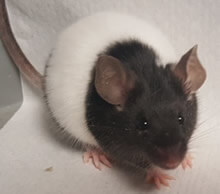
Top 10 Classroom Pets
Many science teachers have classroom specimens (or pets) to serve as model organisms, to teach students how to care for animals, and to generally liven up the space. When I first started teaching, I inherited a room that had beautiful cabinets full of specimens preserved in formaldehyde. I wanted a pet in that space…
-
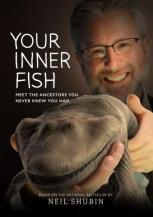
Your Inner Fish – Video from HHMI
At the NSTA Conference in Chicago last year, I had the pleasure of meeting (at least from a distance) Neil Shubin, who is a fish paleontologist. We watched one of the newer movies, were treated to refreshments and popcorn and were given a t-shirt and a DVD copy of “Your Inner Fish.” This amazing…
-
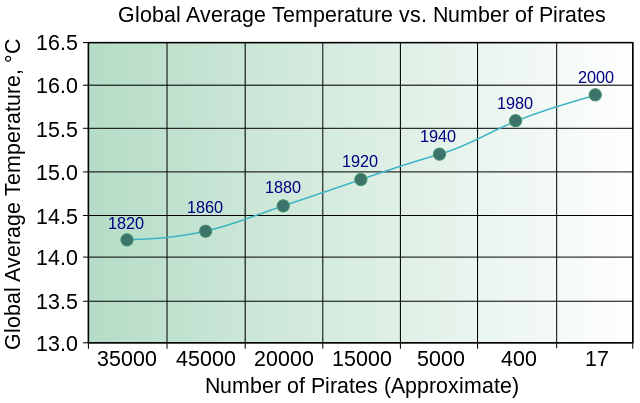
Analyzing and Interpreting data with Graphs
NGSS and AP Biology resources for interpreting data exercises in the classroom. Turn graphs into discussions and mysteries.
-
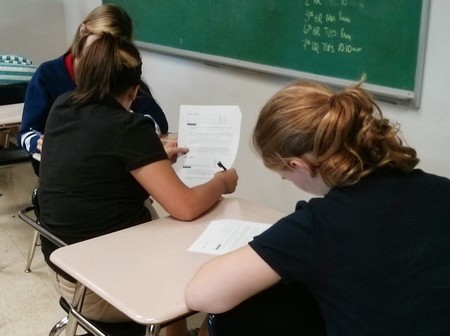
Is Group Work Really Effective?
I was out for a day last week and left a case study for my anatomy students. The case was about six pages long and starts with a doctor examining a pregnant woman and hearing what he thought was a heart murmur in the fetus. The pages build upon each other, asking students to…
-
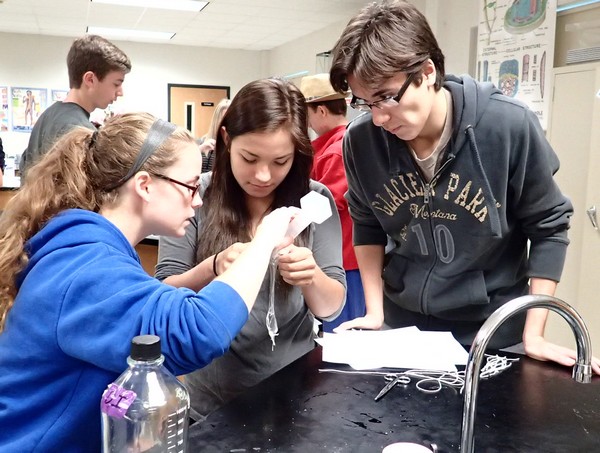
How to Make Group Activities and Grading Fair
During the cell unit of Advanced Placement biology, students are required to do three investigations (labs): Diffusion and Osmosis, Photosynthesis, and Cellular Respiration. Students work in groups of 3 to 4 to work through these investigations and analyze data. I often have them only turn in ONE copy of the lab guide because as a…
-

How to Use Google Docs to Leverage Student Engagement
Google docs can make grading and commenting more engaging for students. When students upload their google docs, you can comment and have discussions.
-
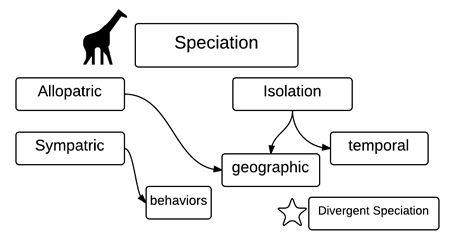
Guide to Explanatory Writing in Science
I have written before about the value of having students write as a learning tool. In “Writing to Learn” I made some suggestions for ways you could incorporate writing into you daily lessons. I did not at that time include concrete strategies for helping students actually complete writing assignments. Strategies to help students…
-
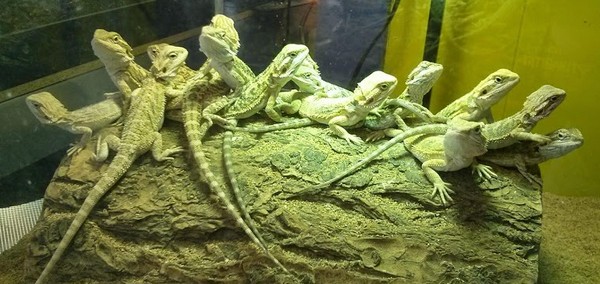
How to Create Your Classroom Seating Chart
Ideas for assigning seats in the classroom on the very first day without the awkward role call.

